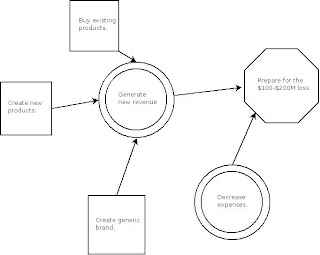There are six essential steps to solving a problem. Each of these steps plays an important role in creating a solution.
1. Exploring The Mess
Problems are rarely handed to us with every part neatly defined. Most problems are messy clumps of issues that need to be solved. To get to a solvable problem, each clump needs to be sorted from the mess and compiled into an easy to use list of issues. Once the mess is sorted into a manageable defined problem we can continue with step 2.
2. Search for Information
Now that we have a defined list of problems we need to research for information on a solution. This step gathers any information that could be useful to solving the problem. Data can be gathered from many sources and action steps will start to be compiled. This step will give us most of the information needed to solve the issue and possible solutions.
3. Identifying a Problem
This stage creates a more formal definition of what the problem truly is. It will also answer what is the most import problem gathered from the mess. Once everything is gathered and analyzed we will have a working problem statement to be used in the next steps.
4. Searching for Solutions
Now that we know what the real problem is, we can start to formulate solutions. In this step we will decided on several viable solutions. This could be solutions created by us or by other people who have tackled similar problems. Once this step is completed we will have a list of solutions for our problem.
5. Evaluating Solutions
It’s time to decide on the solution. Many factors must be taken into account in deciding which solution will work best. We must determine which meets our criteria and what factors within and not within our control will affect the final solution. Once one solution is picked it will be time to do step 6.
6. Implementing a Solution
The last step defines how a solution can be implemented to fix the problem. A plan must be created on how to best implement the final solution. Once implemented there must be a system in place to determine the success.
Conclusion
Each of these steps will help anyone solve a complex problem. These steps don’t always need to be done in order and sometimes can be repeated. For example, if a solution is evaluated to not be a viable plan you will need to repeat searching for a solution.





